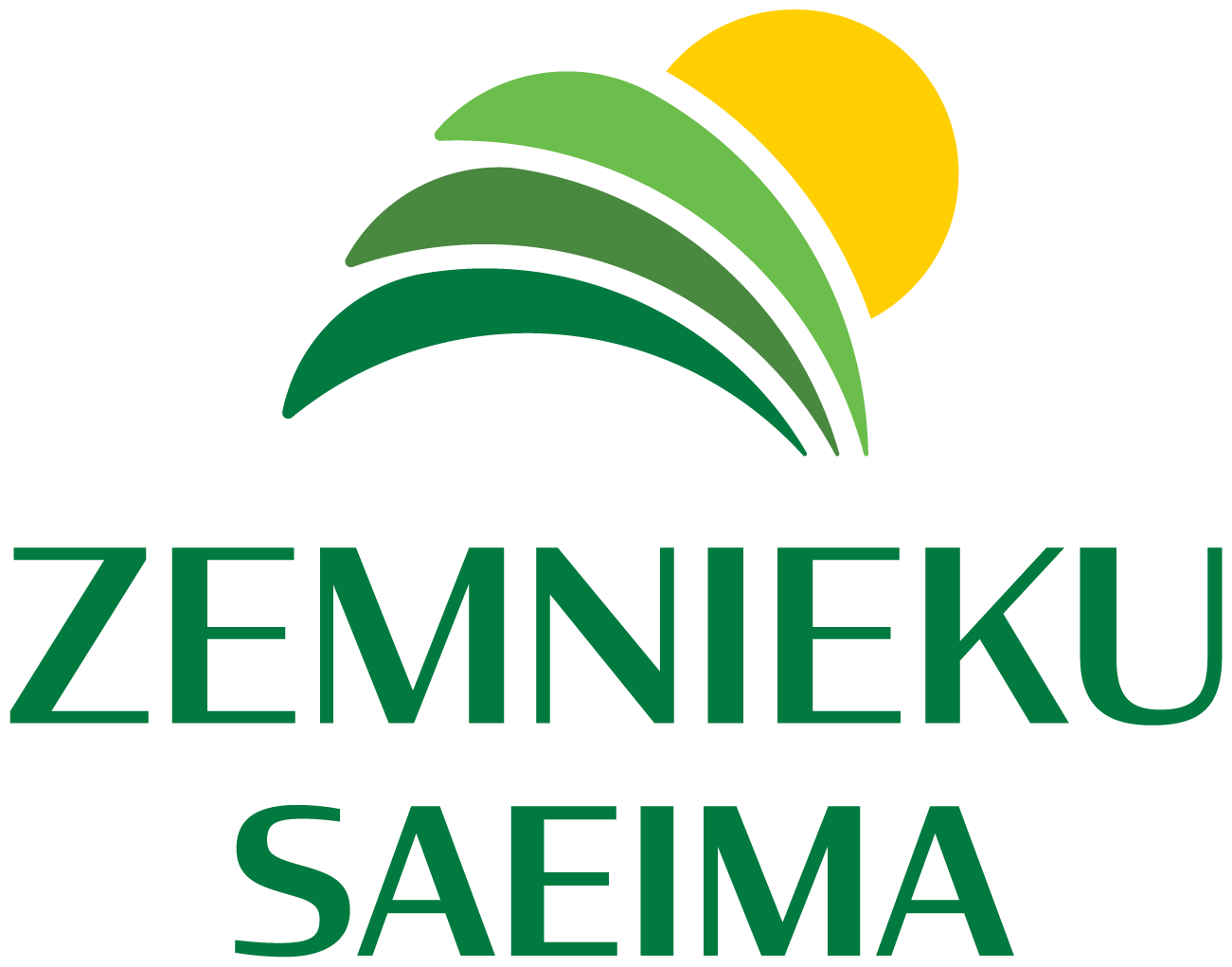Farmers on grain yields and prices
Today, August 27, the media announced that despite the drastic change in weather conditions, the total grain harvest this season will reach 1.916 million tons, which is 111.3 million tons more than the average grain harvest in the last five years. Together with the Latvian Agricultural Cooperative Association, we asked our grain growers if this will really be the case.
.
Juris Lazdins, Chairman of the Association "Farmers' Council"
"It is too early to judge the new grain harvest at the moment, as approximately 30% are still in the field. We will be able to provide exact figures and a summary of the harvest at the earliest only at the beginning of October. Speaking of prices, for wheat and rapeseed it has decreased by 20%. I believe that this is a year of endurance testing for grain growers, which began with the losses caused by frost, when the price of seed material was the highest in the last 100 years, and the current weather conditions, which are delaying both threshing and winter rapeseed sowing, and with each rainy day the quality of the grain decreases. Due to the weather conditions, it is currently not possible to evenly cultivate the soil for sowing winter wheat, so I recommend waiting for the beginning of September, when more suitable weather conditions are promised."
.
Chairman of the Board of the Latvian Association of Agricultural Cooperatives and Chairman of the Board of LPKS "VAKS" Indulis Jansons
"Currently, about 2/3 of the area in Vidzeme has been threshed, and if the entire harvest is harvested, it will definitely be larger than last year, but the biggest problem for farmers is catching up with it - threshing cannot take place due to heavy rains. As a result, the quality of wheat and barley is significantly declining. Problems could be caused by the fact that prices are currently at their lowest in recent years, because there have been very good harvests in the world for two years in a row. We are currently looking for solutions, and for now we are trying not to sell grain."
.
Sandris Bēča, Chairman of the Board of LPKS "Durbes grauds"
"In the previous weeks, our side had been raining non-stop, something that hadn't been experienced during harvest for a long time. Now, a few days later, when the rain had stopped for a moment, the dryers were full of wet grain. About 2/3 of our harvest has also been threshed, but unfortunately the remaining grain has already become fodder."
.
Edgars Ruža, General Director of LPKS "Latraps"
"In Zemgale, about 70%-80% of cereals have been harvested, there is still summer rapeseed and beans, which have been sown in greater quantities this year. So far, the grain has been of very good food quality, and the yield has been above average, even more than expected for spring wheat, which almost compensates for the failure with winter crops."
However, in South Vidzeme and Latgale, due to weather conditions, the spring crops are practically uncultivated. By the time they can start threshing, the grain will unfortunately no longer be of food quality, it will have become fodder grain. However, there is also a lot of fodder grain in Europe, while in Russia, Ukraine, and America, a good harvest is expected, one of the most productive, if not the most productive year. This, of course, will significantly affect grain prices.”

